Not sure when to replace your kitchen tools and when to hold off? This guide helps you decide what's worth upgrading-and what's just marketing hype.
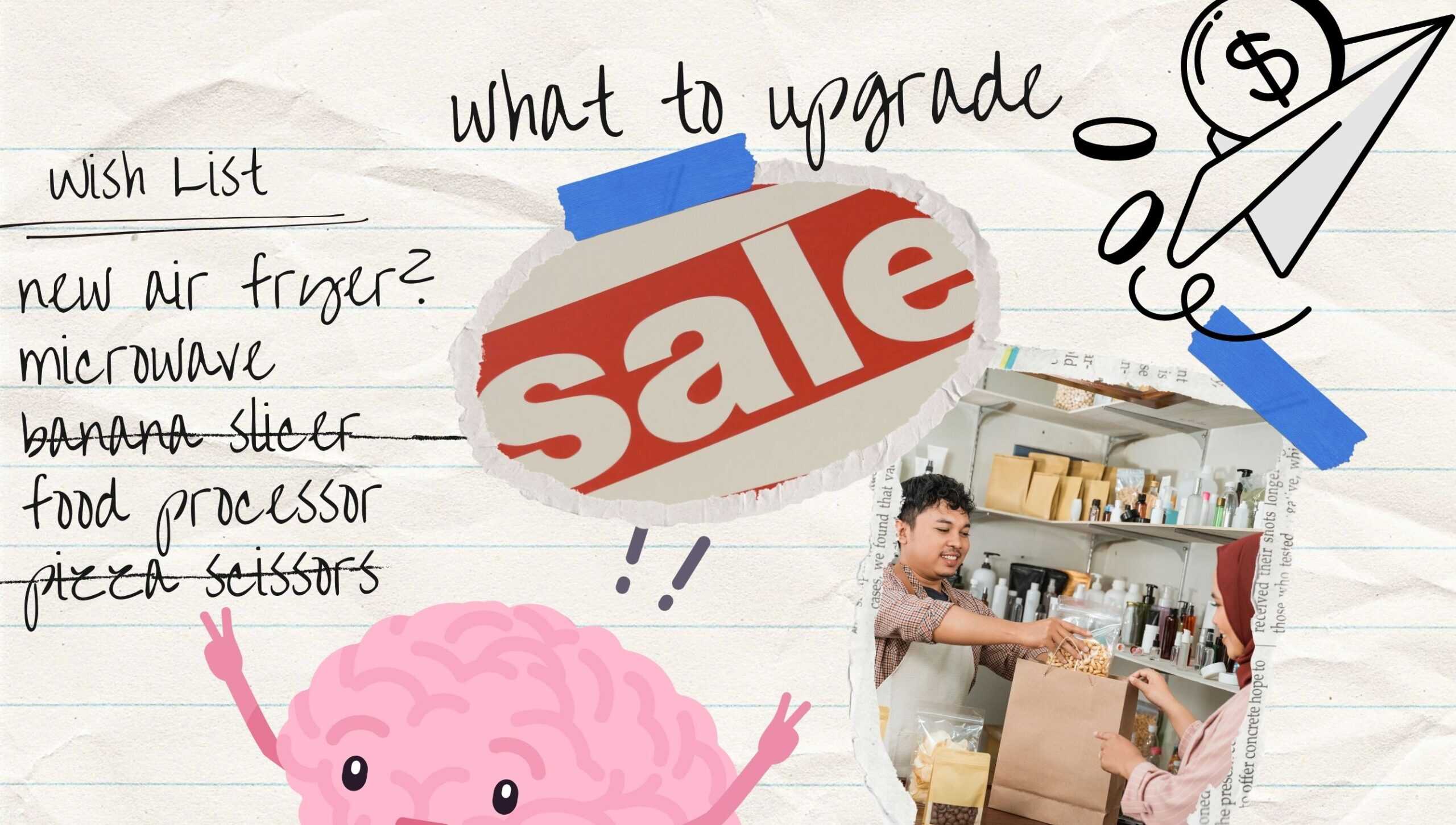
Table of Contents
Jump to:
Learn The Signs
We've all felt the pull-your favorite brand drops a new version of a tool you already own, and you wonder, "Should I upgrade?" But replacing kitchen gear just because it's new doesn't always mean it's better. Over time, I've learned there are real signs it's time to invest… and just as many moments when it's smarter to wait.
Overconsumption
In a world that pushes overconsumption and constant upgrades, this guide is here to help you slow down, reflect on what actually serves your cooking life, and make smart, intentional choices that save both money and space.
What Do You Cook The Most?
Upgrading tools isn't just about wear and tear; it's also about whether they truly serve the way you cook. Cultural cooking styles heavily influence what's essential. If you're regularly braising oxtail, stewing legumes, or making flatbreads from scratch, then a Dutch oven, pressure cooker, or rolling pin may be far more critical than, say, a fancy spiralizer.
When deciding whether to upgrade, consider whether the tool supports the flavors, textures, and techniques of your household's cuisine. A tool that doesn't suit your cultural cooking rhythm might not need replacing; it might not belong in your kitchen at all.
When It's Worth Upgrading
1. It's Slowing You Down
If your peeler barely glides, your knives drag, or your scale resets itself mid-recipe, it's not just annoying, it's costing you time and energy.
2. You're Cooking More Often
When your cooking habits change, your tools should grow with you. A basic blender might've worked for the occasional smoothie, but now that you're batch-prepping soups? It might be time for something stronger.
3. Safety Is at Risk
A dull knife or a wobbly cutting board is an accident waiting to happen. If your gear is making the task more dangerous, upgrade it, no question.
4. The Tool Can Do More Than Before
Some tools (like a modern immersion blender with multiple attachments) can now take on multiple jobs, replacing several single-use gadgets.
5. The Old One Can't Be Repaired
If your tool is broken and out of warranty-and it'll cost more to fix than replace-it's time to let it go.
When You Can Skip the Upgrade
1. The Old Tool Still Works Fine
Just because a brand released a sleeker model doesn't mean yours is obsolete. If it's still doing its job well, keep using it.
2. It's a Cosmetic Update
New colors? Digital display instead of analog? Unless that change truly improves function, it's probably not worth it.
3. You Rarely Use It
If you only pull out that waffle maker twice a year, upgrading to the titanium-plated version is… unnecessary. Save your money.
4. The Reviews Are Mixed
Before jumping on a new release, scan the reviews. If longtime users are underwhelmed, it's a red flag.
5. It's a Trendy Tool You Might Regret
Air fryers, spiralizers, fancy milk frothers-they all have their place. But if you're not 100% sure it solves a problem in your kitchen, wait it out.
#Goals
Upgrading isn't about having the newest thing-it's about making your cooking life easier, safer, and more enjoyable. Think about what you really need, not what marketing makes you feel like you're missing. The best kitchen is the one that fits your style and goals.
Recommended Reads
- What Not to Buy: 7 Common Mistakes People Make
- Must-Have Kitchen Tools for Kids: 5 Essentials
- 10 Essential Time-Saving Kitchen Tools Every Home Cook Needs
- Cooking with Kids: Building Confidence in the Kitchen One Recipe at a Time
- How to Have Your Child Help in the Kitchen (By Age)
Frequently Asked Questions
Here, you will find a list of common questions that I have answered. If you have questions, please write them in the comment section below.
It depends on how often you use them. Tools like knives, peelers, and thermometers should be evaluated every 1-2 years if you cook frequently.
Not at all-if they're still functional and safe, old tools can be the best tools. Many professional chefs still use knives that are decades old.
A high-quality chef's knife. It can improve safety, speed, and precision instantly.
Not necessarily. Look for durability, warranty, and user reviews-some mid-range tools outperform the top-tier brands.
Keep a note in your phone or planner when a tool frustrates you during cooking. If it's a repeat offender, that's your sign.
Explore Recipes
- West African Peanut Stew with Chicken and Collard Greens
- Best Winter Recipes to Make for Cozy Dinners
- Pan-Roasted Chicken and Andouille Sausage Gumbo
- Baked Haitian Macaroni and Cheese (Makawoni au Graten)
Cooking Tips and Tutorials
- Winter Seasonal Produce Guide: What's In Season
- What Is HACCP and Why Every Home Cook Should Care About It
- Holiday Kitchen Safety Tips: How to Cook, Serve, and Store
- What is Salmonella? For Home Cooks | Causes and Tips
Subscribe to the YouTube Channel
SUBSCRIBE: 👈To my YouTube Channel to Get Notifications of New Videos.


Chef Maika Frederic
Chef and Educator
Haitian-American chef and educator Maika Frederic blends bold flavors with approachable recipes. With a background in both professional kitchens, classrooms, and children therapy as a trained chef, former teacher and technician she brings a thoughtful, inclusive touch to every dish. Through her platform, Just Maika Cooking, she shares diverse meals and practical tips to empower home cooks of all ages and levels.
Have a Comment or Question?
If you have a question or comment about this post, please post it below. You will definitely get a quick response. It also helps our other readers to stay informed. Thanks!



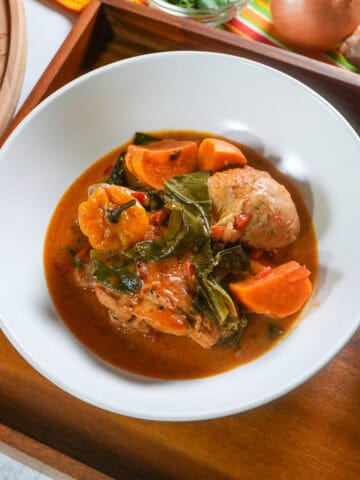
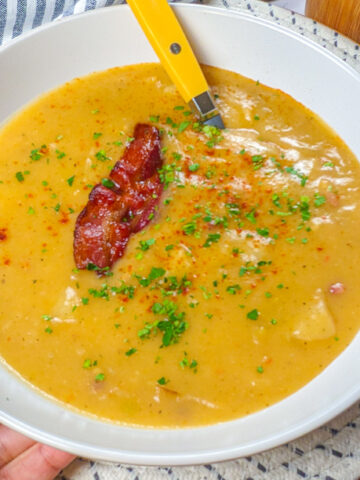
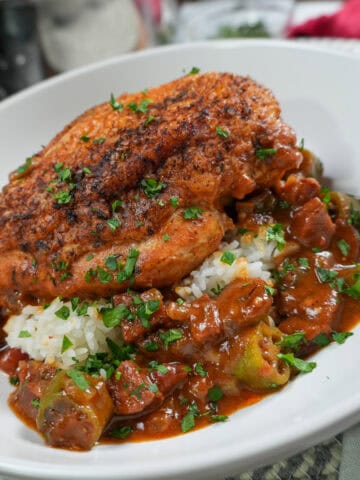

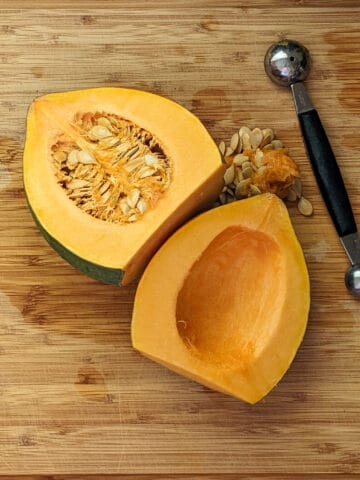
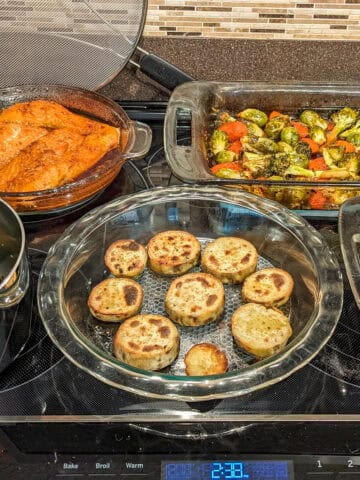
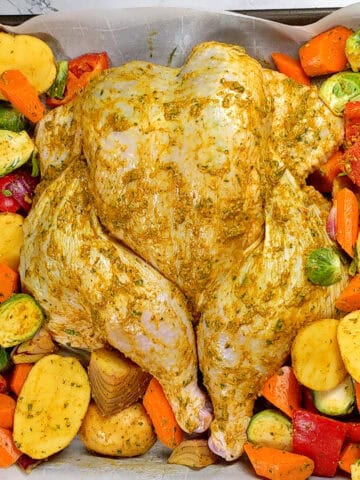
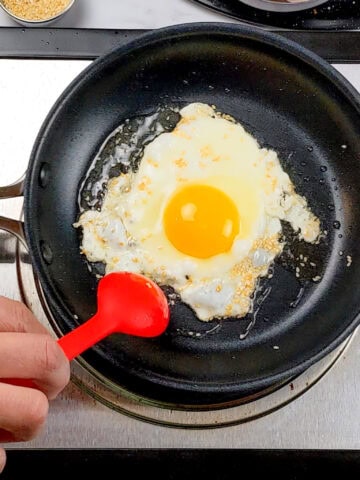
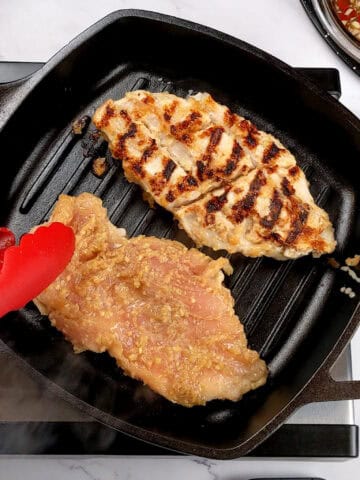
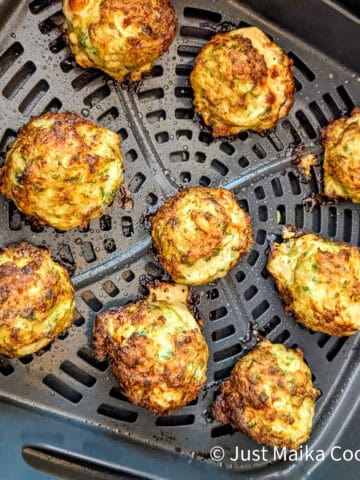
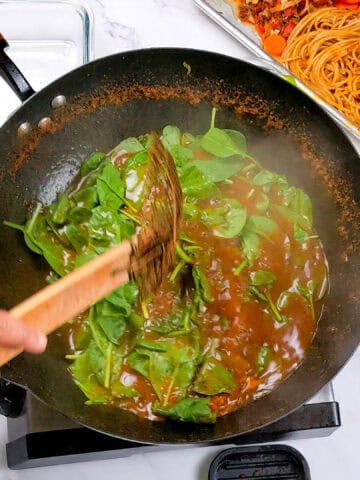
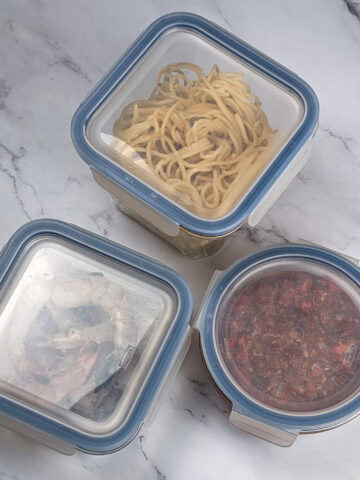
Leave a Reply